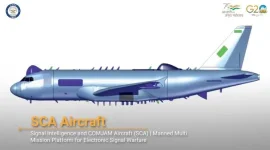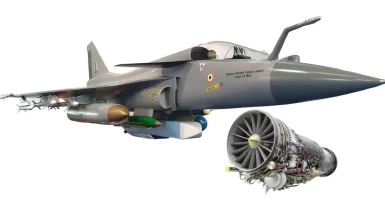- Views: 2K
- Replies: 25
Hindustan Aeronautics Limited (HAL) is pushing forward with the development of its Dual Band Multirole Helicopter (DBMRH) platform, issuing two Requests for Information (RFI) for advanced radar systems.
These RFIs seek to equip two DBMRH variants with specialized radar capabilities: an Airborne Early Warning (AEW) radar for the DBMRH-AEW and a Surveillance radar for the DBMRH-S Special Operations variant.
The first RFI targets an Airborne Early Warning (AEW) radar system for the DBMRH-AEW variant. This variant is intended to bolster India's air defence capabilities with comprehensive airborne surveillance and target tracking.
The radar is required to operate in the S or C bands, with 360° azimuth and ±60° elevation coverage, and a detection range exceeding 300 km for targets with a 2 m² Radar Cross Section (RCS). To ensure seamless integration with the helicopter's design, HAL has specified a conformal antenna and a weight limit of 700 kg.
The second RFI focuses on a Surveillance radar system for the DBMRH-S Special Operations variant. This variant will be tasked with conducting high-risk, low-altitude missions, demanding specialized capabilities for sea and ground surveillance, including terrain following and terrain avoidance. The radar will also incorporate ground mapping, weather detection, and beacon interrogation functionalities.
With a single fixed AESA antenna, the radar must be lightweight (under 40 kg) and power-efficient (1.5 kW), while providing detection ranges exceeding 15 nautical miles for small targets and up to 65 nautical miles for larger vessels in sea surveillance mode.
Both RFIs are open to Indian and foreign vendors under the “Make in India” initiative, promoting collaboration and technology transfer within the country's defence industry.
HAL has set ambitious deadlines, with the AEW radar system expected to be ready for integration by June 2027 and the surveillance radar by March 2027. To meet these timelines, vendors will be required to establish design and production facilities within 60 months.
These advanced radar systems will significantly enhance India's air defence and surveillance capabilities. The DBMRH, equipped with this cutting-edge technology, is expected to play a crucial role in expanding India's aerial and maritime surveillance capabilities, addressing a wide range of security challenges.



